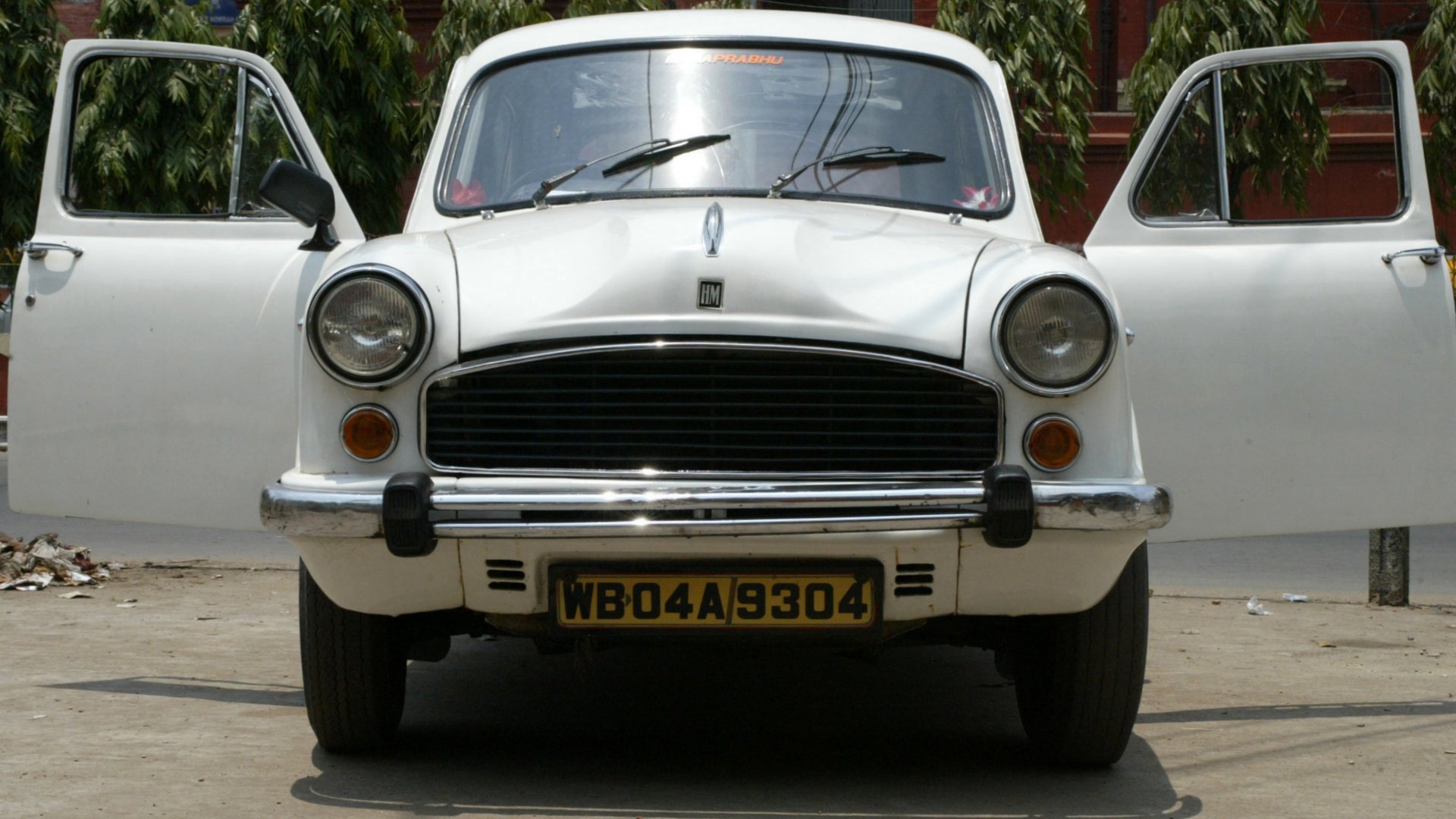How Japan is helping India’s iconic carmaker stay afloat
For decades it was a symbol of India, ferrying everyone from politicians, businessmen and film stars to criminals, doctors and bureaucrats in its bulbous hull.


For decades it was a symbol of India, ferrying everyone from politicians, businessmen and film stars to criminals, doctors and bureaucrats in its bulbous hull.
Then, India’s automobile marketplace opened—and legions of Japanese, Korean, American and European carmakers ensured that the Ambassador car’s once unshakeable domination of the country’s roads ceased.
Stuck in a rut, Hindustan Motors (HM), the maker of the iconic four-wheeler, has seen its fortunes plummet. The company hasn’t posted a profit in the last three years, and sales of its vehicles dropped to 5,139 units for the 2011-12 fiscal year (pdf), compared to 10,097 the year before.
Instead, it is Japanese automakers that are keeping the Ambassador’s mothership afloat. Since 1998, around the time when it started losing traction, Hindustan Motors has been building cars for Mistubishi at a plant in south India and then marketing them nationwide. All of Mitsubishi’s cars in India—the Lancer, Montero, Pajero, Cedia and Outlander—are built and hawked by Hindustan Motors.
And late last month, it announced that it would contract manufacture (pdf) SUVs and pick-up trucks for Isuzu till 2017, as the Japanese firm sets up its own manufacturing facility in India. But unlike it’s partnership with Mitsubishi, it will only assemble Isuzu vehicles in India, without any backend integration with its own business or marketing assistance.
Yet, the Japanese contribution to Hindustan Motor’s revenues is substantial. Although exact stand-alone numbers are unavailable, a company spokesperson confirmed that the monthly revenue contribution from the sales of Mitsubishi vehicles is roughly equal to that of other Hindustan Motors’s homegrown offerings, including the Ambassador and a small commercial vehicle. The Isuzu partnership will only add to those numbers.
In recent months, however, the Indian carmaker has been attempting to claw back some lost ground. Sales have jumped by 166% in February (pdf) and 90% in April (pdf), compared to the corresponding months in 2012, and the carmaker plans to launch a new sub 4-meter variant of the Ambassador to profit from reduced tax rates.
But, even with a little help from its Japanese friends, it won’t be easy for Hindustan Motors to recreate another “King of Indian Roads,” as the Ambassador was once known.